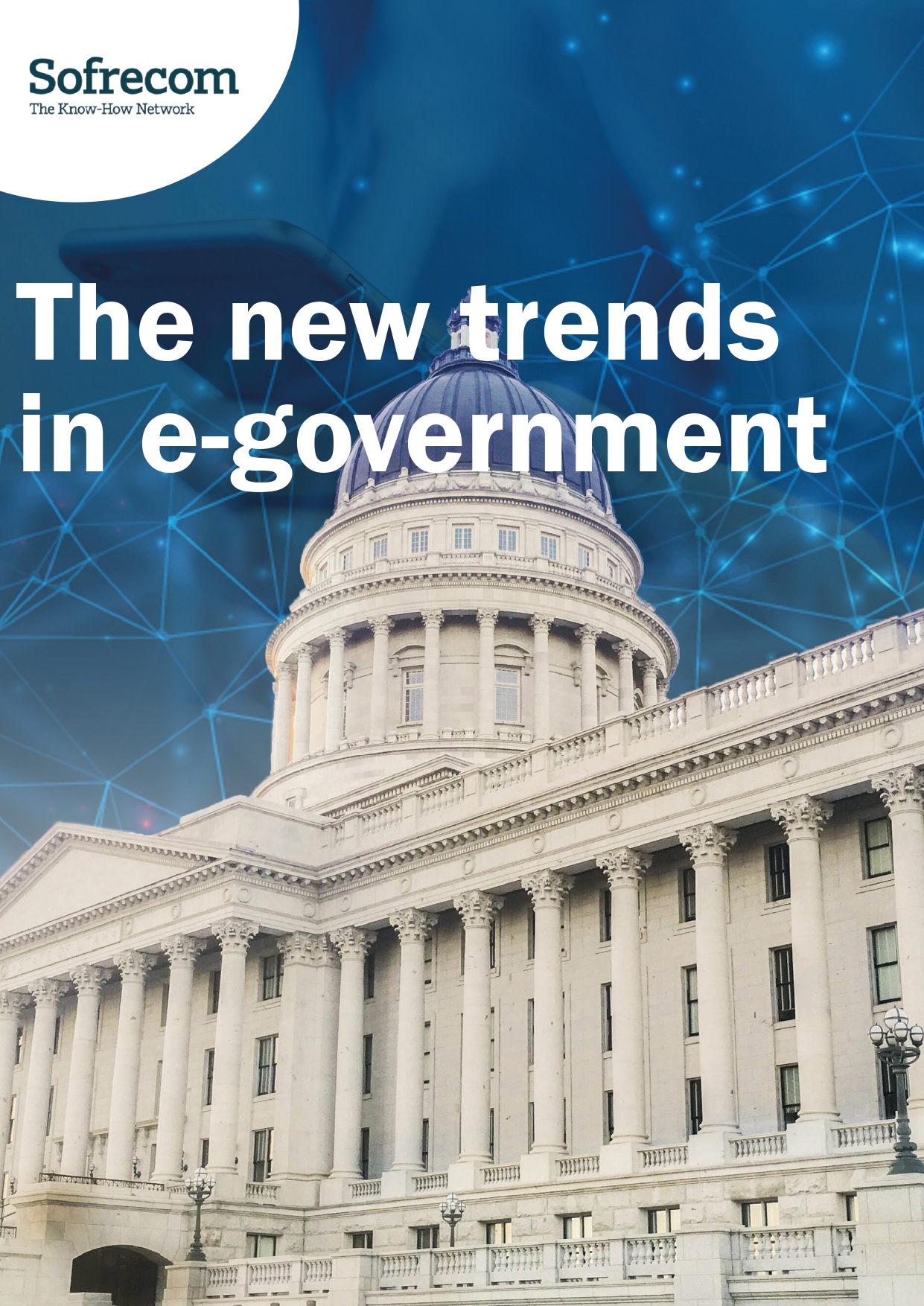
Digital technology has an impact on the governance of organizations. It profoundly changes the way management takes place in the private sector as well as the governance of public organizations and the training of State civil servants. It implies adopting a continuous improvement approach. It is an opportunity to usher in simplicity and efficiency, and to improve the quality of services provided to users.
“Digitalization” is not just a technical subject. Above all, it is a new way of experiencing time and space, and a new concept in the circulation of information that breaks down existing silos. Within companies, digitization has an impact on the entire system of a company, leading to new business models, new cross-functionalities, new modes of information, exchange, creation and sharing and, therefore, the emergence of new skills. The same applies to public administration.
Digital technology is an opportunity for the public administration to overhaul itself. It is a source of modernization, optimization and quality of services. The digital transformation thus raises the question of support, training and management.
However, any transformation requires method and planning so that it benefits everyone:
1- Identifying the issues at stake
The objectives of digital transformation vary from one organization to another. Transformation does not mean that everything will need to be changed, but does require a thorough examination of the existing processes. In what areas can new technologies be of assistance? What can they simplify? Which silos do they need to break down? All these issues need to be addressed in advance.
2- Taking into account aversion to change
Digital brings about a change in the way State services function. And as we all know, human beings are naturally inclined to dislike change. Consequently, any change in the way work is organized will usually and initially be met with by a low rate of uptake in the civil servant population. It takes time to master, understand and memories different procedures. Implementing a change management approach that encompasses all personnel, both management and employees, is essential throughout a digital transformation process. The aim is to anticipate, support and reassure everyone about the issues at stake and benefits expected.
3- Take care not to create a digital divide within the teams
Many choose to showcase one or two departments where “digital talents” have been identified. To succeed however, all the departments need to be transformed, and any possibility of digital divide within the company or administration prevented. For this to happen, it is essential first and foremost that the leadership share a common vision with all staff. All employees must be able to contribute their digital skills if the company wants to make its digital transition.
An organization that has digitally-skilled employees will be able to optimize the use of its technical resources: profiles trained in digital derive maximum performance from the intelligent and connected operating equipment and systems provided to them. Companies that are ahead of the curve are those that have focused on training their employees. This is the greatest differentiating factor and the best way to achieve lasting results.
4- Establish and promote a culture of continuous improvement
Processes in a company or in a public service are no longer linear or sequential, and are instead conditional. Computerizing existing processes implies re-examining the rationale behind decisions and, through this, seeking real areas of optimization for everyone involved.
Frequent changes in the conditions on which a project or strategy is based, now becoming the norm, may require adjustments to one or more pre-established processes, and the teams need to know how to adapt to them in time. Digital transformation cannot succeed without the principle of continuous process improvement, and this principle must be set within the entity’s internal culture. Organizations that have gained this culture all engage in a regular review of their processes. They are thus able to guarantee the accessibility, simplification and innovation they will enjoy in delivering the expected service.
5- Connecting up the players in the eco-system
Externally, digital technology means having users, administrations and private partners work together to create new models that will benefit everyone. Ecosystem management, i.e. networking players in a complex organization is the main challenge with which organizations are faced today.
This is because digital technology creates multiple divides: generational, social and geographical. Its introduction into the daily lives of residents therefore raises questions as to whether mediation should be implemented to enable access to the progress that can result from digital technology. This is a fundamental issue in particular when it comes to accessing rights, with the implementation of online procedures. As users expect a comprehensive and unified service, the administrations must respond by developing the necessary synergies between different services and players.
6- Communicate regularly throughout the transition and measure the results stage by stage
The project leader must report continuously on progress achieved, at each stage of the project. In particular, this reporting should call attention to successes, clarify objectives if necessary and report on the implementation of additional training or a change in the pace of the transition.
Last but not least, performance indicators must be defined and measured: number of users, level of satisfaction, return on investment, execution time, etc.
A new type of management based on trust, sharing and taking responsibility will thus emerge. The real challenge is not technological, but human and cultural. The technology exists -- the culture and skills necessary to understand what it is used for and how it is implemented are harder to come by.






